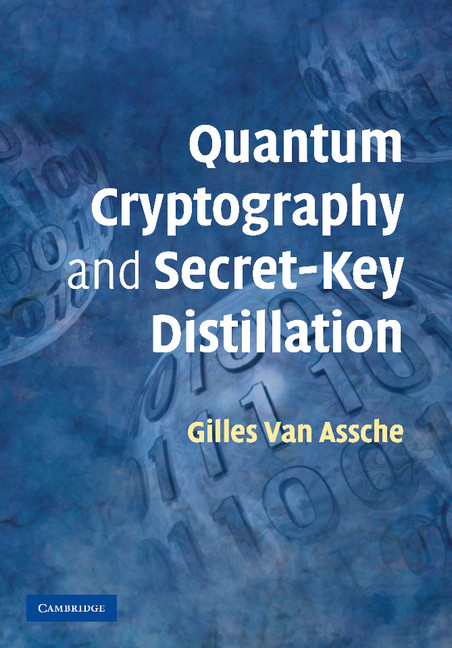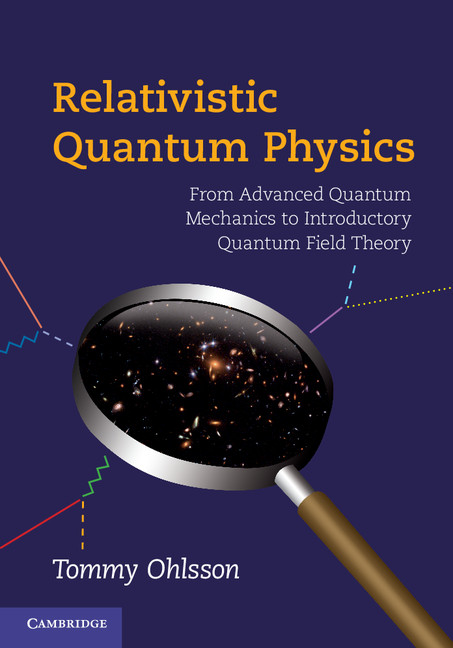The Strange World of Quantum Mechanics
This is an exceptionally accessible, accurate, and nontechnical introduction to quantum mechanics. After briefly summarizing the differences between classical and quantum behavior, this engaging account considers the Stern-Gerlach experiment and its implications, treats the concepts of probability, and then discusses the Einstein-Podolsky-Rosen paradox and Bell's theorem. Coverage introduces the quantal interference and the concept of amplitudes, and also reveals the link between probabilities and the interference of amplitudes. Final chapters explore exciting new developments in quantum computation and cryptography, discover the unexpected behavior of a quantal bouncing-ball, and tackle the challenge of describing a particle with no position. Thought-provoking problems and suggestions for further reading are included. Suitable for use as a course text, The Strange World of Quantum Mechanics enables students to develop a genuine understanding of the domain of the very small. It will also appeal to general readers seeking intellectual adventure.
- Non-technical. Avoids oversimplification, technical jargon and mathematics
- Contains 65 end-of-chapter problems and 11 end-of-book synthesizing questions that can be assigned to students
- Suitable both as a textbook for general courses (e.g. physics for arts students, scientific literacy) and as a supplement for quantum mechanics and modern physics courses
Reviews & endorsements
"...gives a clear account of Feynman's approach. At times this is quite compelling....If you are looking for an original account of Feynman's approach, I recommend this book." Nature
"Strange World is well-written, engaging, pared-down, precise and accurate on technical matters; it conveys the author's enthusiasm for the subject well, and is a product of careful thought and successful pedagogy." American Journal of Physics
Product details
February 2000Paperback
9780521667807
172 pages
253 × 178 × 14 mm
0.507kg
15 tables
Available
Table of Contents
- Preface
- 1. Introduction
- 2. Classical magnetic needles
- 3. The Stern–Gerlach experiment
- 4. The conundrum of projections: repeated measurements
- 5. Probability
- 6. The Einstein–Podolsky–Rosen paradox
- 7. Variations on a theme by Einstein
- 8. Optical interference
- 9. Quantal interference
- 10. Amplitudes
- 11. Working with amplitudes
- 12. Two slit inventions
- 13. Quantum cryptography
- 14. Quantum mechanics of a bouncing ball
- 15. The wavefunction
- Appendix A: a brief history of quantum mechanics
- Appendix B: putting weirdness to work
- Appendix C: sources
- Appendix D: general questions
- Appendix E: bibliography
- Appendix F: skeleton answers for selected problems
- Index.




